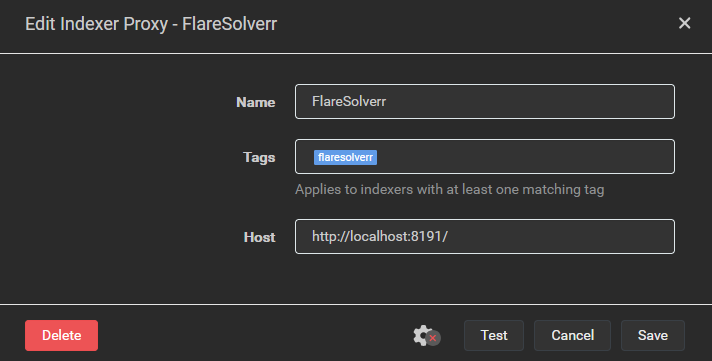

Is there any benefit at all
Maybe! There’s at least some scientific evidence that chemical compounds in mushrooms can have medicinal effects.
Bias disclaimer: I put a lion’s mane mushroom tincture in my morning tea because it may have a neuroprotective effect (source). My father’s father had dementia, my father is currently in a home with profound dementia, the chances it’s going to happen to me are very high. It’ll be years before I know whether lion’s mane mushroom will do anything for me (and even then you couldn’t claim anything from one data point), but I’m willing to try anything as long as it’s affordable and has at least some plausible evidence behind it. This isn’t the only thing I’m doing of course, I’ve also overhauled my diet (MIND diet) and lost 30 pounds (obesity is correlated with dementia).
why can’t you make it your self by pulverizing dried mushrooms of the same variety they use into powder and making the coffee yourself?
You absolutely could. Or, you know, just eat some of the same mushrooms. The benefit to dried products like Ryze, or tinctures like the one I use, are that they’re convenient, easily transportable and self-stable. I’ve cooked up fresh lion’s mane mushrooms several times, but not super often because they’re not in many stores in my area and tend to be pricey for the amount you get. I’ve also grown my own from a kit but that takes significant time and a little bit of daily attention to maintain optimal growing conditions. The tincture is convenient and relatively affordable as far as daily supplements go.











I don’t believe it actually does grow back faster, it just seems that way. The first inch or so gives the impression of growing back faster because the hairs are thicker at the base so they’re more visible and less prone to breakage.